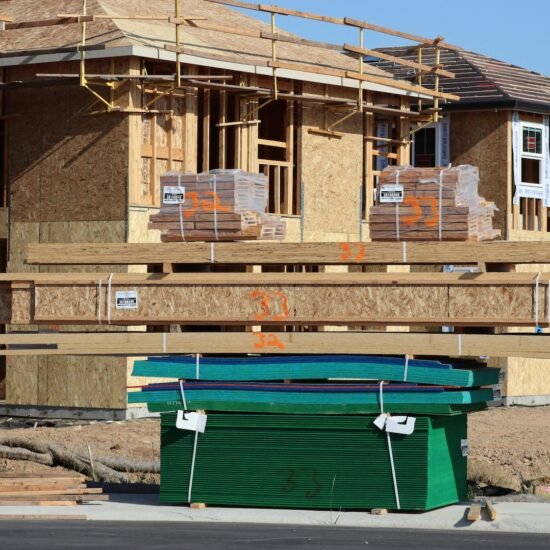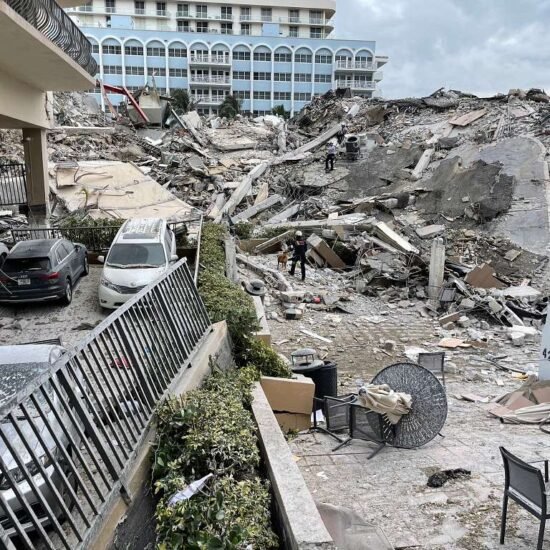
HOA Detective – March 28, 2025: As we accelerate toward the end of 2025, yet another HOA crisis is confronting a significant segment of the HOAs that maintain a segment of the U.S. housing inventory referred to as Post-Millennial Housing. This housing subset – which refers to units constructed between approximately 2000 and the onset of the subprime mortgage crisis in 2008 – has entered a critical phase in its lifecycle. These homes, now between 17 and 25 years old, are reaching an age where major capital expenditures, particularly roof replacements, become imperative. Homeowners Associations (HOAs) overseeing these communities find themselves at a crossroads, grappling with underfunded reserves and escalating costs that far exceed their initial projections.
The Reserve Funding Dilemma: HOAs are tasked with maintaining common areas and essential structural components, necessitating prudent financial planning and the establishment of reserve funds. These funds are earmarked for significant future repairs and replacements, such as roofing projects. Industry standards suggest that a fully funded reserve reflects 100% funding, indicating the HOA has sufficient reserves to address its future obligations as they become due. However, achieving full funding is often challenging, and many associations are underfunded. A minimum threshold of 70% funding for an HOA reserve is typically recommended to reduce the risk of special assessments.
When reserves are underfunded, HOAs may resort to imposing special assessments on homeowners or deferring maintenance, both of which can lead to financial strain and deteriorating property values. For instance, an HOA in Florida faced a $1.2 million roof replacement project within five years. By employing a needs-based analysis, the board identified funds that could be safely invested in short-term government bonds, providing modest returns while ensuring liquidity. This approach, along with a modest increase in annual reserve contributions, allowed the board to stagger the roof replacements so that all buildings were completed within the timeline specified in the reserve study. On the downside, the Association missed the opportunity to take advantage of the economy of scale that would have resulted if the entire project had been completed under ONE contract at ONE time. A strategy that could have allowed the Board to lock in the price at the beginning of the project rather than paying for half or more of the cost at an inflated cost two or three years later.
Volunteer Governance and Capital Project Oversight: Compounding the financial challenges is that many HOAs are governed by volunteer boards composed of homeowners who may lack the necessary expertise to manage large-scale capital projects. While these volunteers are well-intentioned, their limited experience can lead to mismanagement of the project, inadequate planning, and oversight failures.
Engaging a project manager can provide boards with invaluable information, experience, and insight into building components, bidding processes, and budgeting, which may translate into fewer unplanned capital projects and a reduced burden on the community’s finances.
https://www.ciminelli.com/content-library/blog/is-your-hoa-managing-a-capital-project/
Engaging a professional reserve planning professional can be a double-edged sword for several reasons, not the least of which is the tendency for some reserve study professionals to provide other consulting services to HOAs, setting the stage for farming of the client account for other revenue sources. The inherent inaccuracy of the long-term cost estimating process typical of the reserve planning exercise demands a second opinion through a peer review or other validation method. The problem is that the reserve planning professional has never embraced such studious research methods.
As a result, many HOAs spend years thinking they are on solid financial ground after decades of following the industry reserve planning “best practices,” only to learn that their reserves are woefully underfunded when the bill comes due for the new roof.
Opportunistic Vendor Practices: In the face of urgent repair needs and limited financial resources, HOAs may find themselves vulnerable to vendors who exploit the situation. The vendor pool can sometimes be described as “opportunistic,” with some contractors inflating prices or cutting corners, knowing that the HOA has limited options and expertise. Once the foot has breached the HOA’s “door” it can become difficult for the HOA to detach from the relationship as some vendors are skilled practitioners of a business model known as the recurring revenue stream.
HOAs Can Be Difficult Clients: It is also a reality that some of the most qualified vendors find HOAs to be extremely difficult to deal with after one or two projects. Indecisive or nonresponsive boards and inexperienced managing agents, who are often seen as a nuisance by more experienced vendors, are common complaints heard around the contractor campfire. The list of otherwise qualified vendors who have vowed “never to work for any HOA” is rapidly growing, and for good reason. Some vendors see the situation as an opportunity to float a high-priced proposal when the client is a HOA, which only adds to the price inflation spiral.
Mitigating the Risk: To mitigate these risks, it is crucial for HOAs to establish transparent bidding processes. When possible, engage professionals to manage projects that result in major capital spending. Part of the long-term planning strategy of every HOA board should be the adoption of a “cheapest is not always the best” policy. This will ensure that the Association receives quality work from competent vendors who are happy to work with the HOA because they are being paid a fair price for their services.
Strategic Recommendations for HOAs: To address these multifaceted challenges, HOAs should consider the following strategies:
- Conduct Regular Reserve Studies: Engage professionals to perform comprehensive reserve studies. In so doing, be prepared to pay for the services of qualified experts.
- When Shopping for a RS Provider: As yourself, “Why would a college educated, licensed professional such as an architect, engineer, or CPA bother with being a RS provider considering the low cost of most reserve studies?
If you suspect the answer is because the provider is looking for a foot-in-the-door opportunity with the HOA in hopes of generating future revenues, you should raise your budget for reserve planning services and be prepared to pay the true value of a quality reserve study.
- Objective and Unbiased Provider: Following the same line of reasoning, buyers, Boards, and HOA members should question and discount all reserve studies conducted by community management companies or other self-interested parties. Reserve studies should be performed by objective, independent third parties with no skin in the game. In other words, a provider who can be expected to render an unbiased opinion regarding the reserve spending liability of the Association.
- Establish Robust Vendor Vetting Processes: Implement thorough vetting procedures for contractors, including soliciting multiple bids, checking references, and ensuring clear contractual terms to protect the HOA’s interests.
- Seek Professional Assistance: Consider hiring other professionals to provide expertise in financial management, vendor coordination, and project oversight, thereby alleviating the burden on volunteer boards.
Conclusion: The impending need for roof replacements in post-millennial housing communities underscores the critical importance of proactive financial planning and competent project management within HOAs. By acknowledging the challenges posed by underfunded reserves, volunteer governance limitations, and potential vendor exploitation, HOAs can take decisive steps to safeguard their communities’ structural integrity and financial health. Through diligent planning, professional collaboration, and community engagement, HOAs can navigate these challenges and ensure the longevity and prosperity of their communities.
Because You’re Buying More Than a Home!






